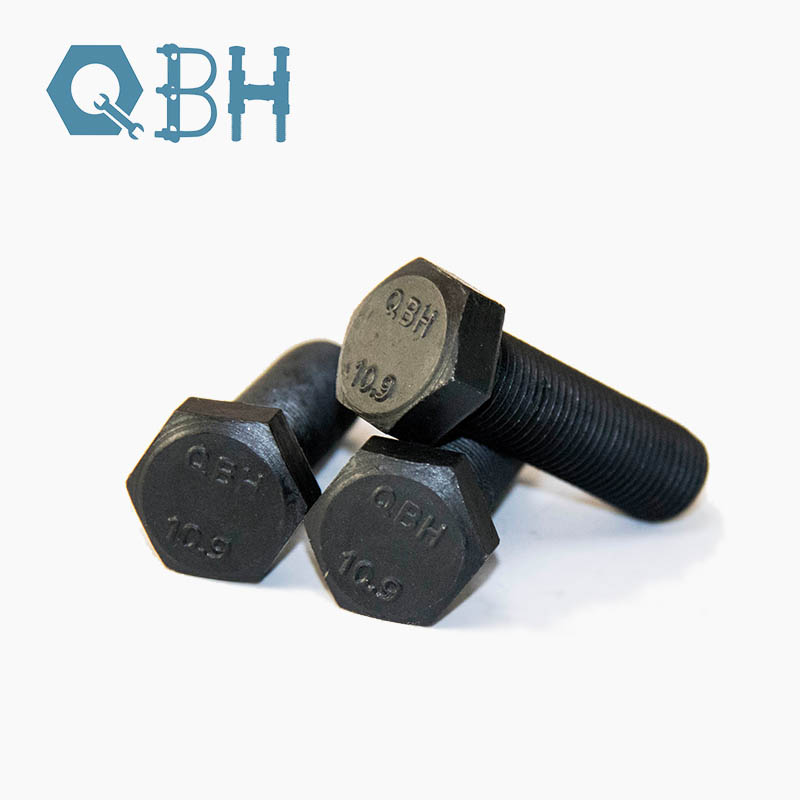Understanding Heavy Hex Bolts: Strength, Structure, and Applications
2025-07-17
Heavy hex bolts are an essential component in the world of industrial fasteners. Known for their larger and thicker heads compared to standard hex bolts, these bolts are specifically designed to withstand high-stress environments. Whether used in steel construction, heavy machinery, or infrastructure projects, heavy hex bolts provide superior strength, durability, and stability.
What Makes a Heavy Hex Bolt Different?
The key difference lies in the dimensions. A heavy hex bolt has a head that is larger and thicker than a standard hex bolt of the same diameter. This expanded size provides a greater bearing surface, allowing for more torque to be applied during tightening. It also reduces the risk of head deformation under load. The body of the bolt is also typically made of high-grade alloy steel, carbon steel, or stainless steel, and often conforms to ASTM standards such as A193, A307, A325, or A490.

Why Are Heavy Hex Bolts Used?
Heavy hex bolts are chosen for their ability to handle heavy loads and maintain integrity under extreme conditions. They are widely used in:
Structural steel connections
Bridge and highway construction
Industrial machinery assembly
Oil and gas platforms
Wind towers and power plants
In these environments, the mechanical performance of the bolt is critical. The robust head provides better grip for tightening, and the higher tensile strength resists shearing or loosening due to vibration or load shifts.
Surface Treatments and Grades
To enhance corrosion resistance, heavy hex bolts can be coated with zinc plating, hot-dip galvanizing, black oxide, or PTFE coatings. The choice of material grade (such as Grade 5, Grade 8, or ASTM A325) depends on the mechanical requirements of the application. Stainless steel variants are often used in marine or corrosive settings.
Installation Considerations
Proper installation is crucial for performance. Heavy hex bolts often require matching heavy hex nuts and hardened washers. Torque control or tension control methods may be used to achieve the correct clamping force. For critical applications, engineers might specify pre-tensioning or use direct tension indicators (DTIs) to ensure reliability.


